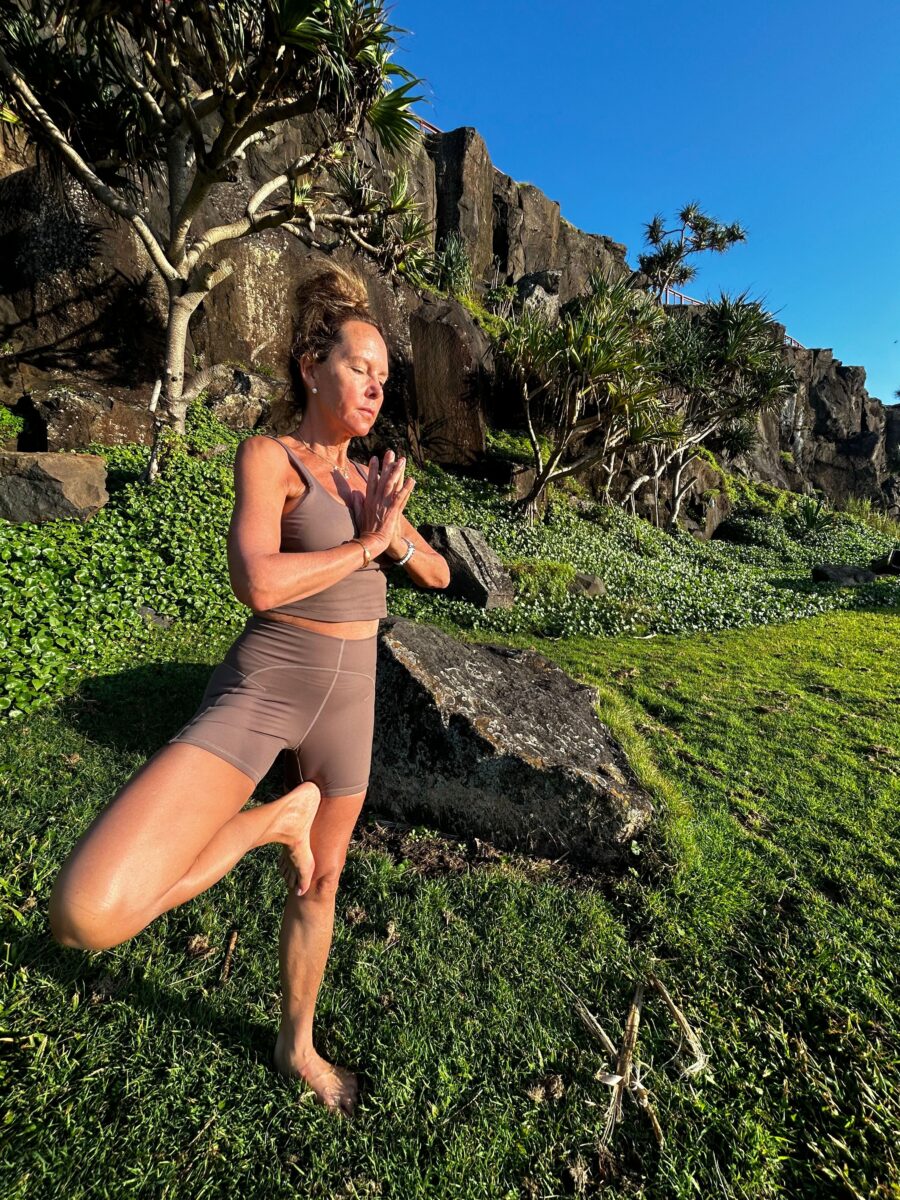7 Yogalates Exercises to help digestion, relieve constipation and improve gut motility all to help you Poo!!
Practicing Yogalates is another great way to help get your bowels moving and relieve constipation. Certain Yogalates sequences and postures work to massage and stimulate the digestive tract and help to move stool through your intestines, particularly those that involve sustained twisting of your torso or contraction of your stomach muscles and breathing!!
Here are some easy poses you can try to ease constipation:
Wind-relieving pose
As the name suggests, this pose can help to ease the discomfort of bloating and gas, as well as stimulate your bowels and improve overall digestion and help relieve constipation. Start by lying flat on your back with your legs fully extended in front of you. Slowly raise your right knee up to your chest and hold it in place with your arms for a count of 20 breaths. Release your knee and let your leg extend fully in front of you again. Perform the same action with your left leg for another 20 breaths. Repeat the process once more, this time holding both legs to your chest.
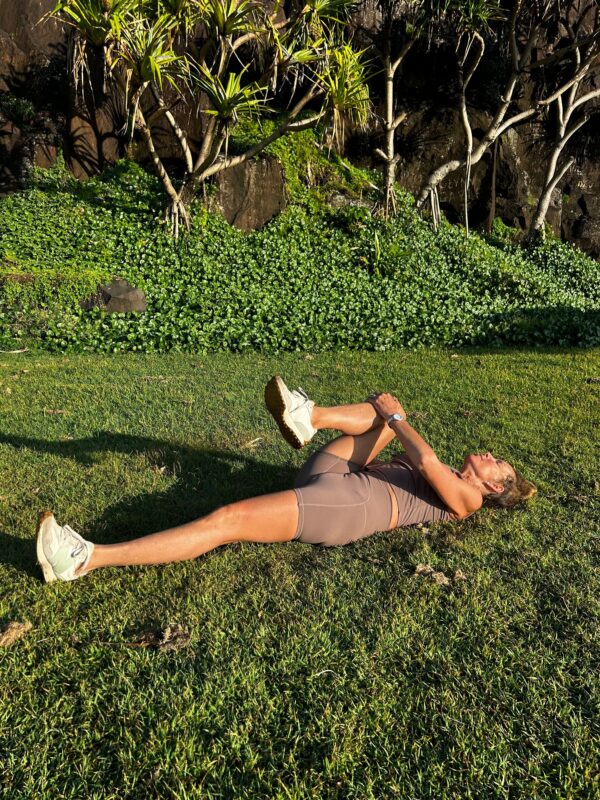
Seated twist
This is a great pose if you’re new to yogalates It’s very easy to do and great to stimulate the bowel and help digestion and relieve constipation!
Sit comfortably
on the floor with your legs fully extended in front of you.
Bring your
left knee up so that your foot rests flat on the ground close to your buttocks.
Twist your
core by placing your right elbow on the opposite side of your left knee and
looking over your left shoulder.
Hold this
pose for five deep breaths, and then release.
Repeat the
same action on the opposite side of your body.
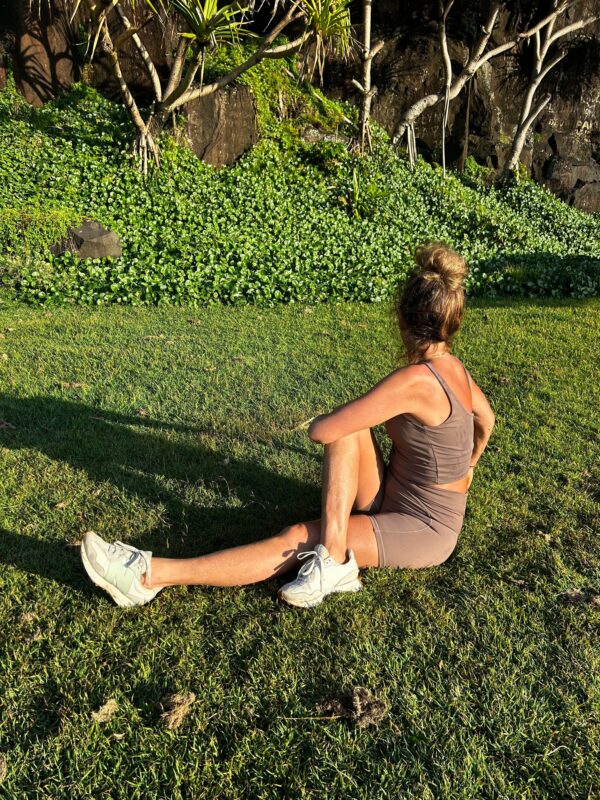
Supine twist
This is another twisting pose that can help to massage your digestive tract and stimulate blood flow to your stomach muscles. A great to get you to poo!
Lie flat
on your back and bring both of your knees up to your chest.
Stretch
your left leg out straight.
Keeping
your shoulders pressed against the floor, move your right knee across your body
to the left and look toward your right.
Hold this
position for 20 breaths and then release.
Repeat the
same process on the opposite side of your body.
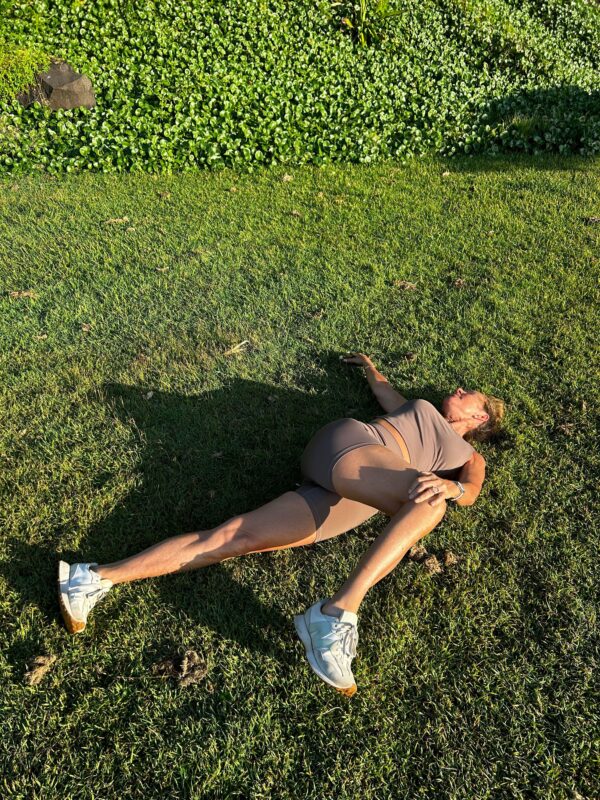
Twisted warrior pose
Begin in warrior 1 with prayer hands… then the torso twists toward the sky as the heart opens. The opposite elbow connects with the outside of the front bent knee. Try and draw the prayer hands towards the heart to progress the twist of the trunk.
Hold for 3 slow breaths, repeat x 3 each side..
This twisted warrior wrings out the lower back and the digestive and vital organs of the mid-body. Opens the chest. Stretches the pectoralis minor muscles.
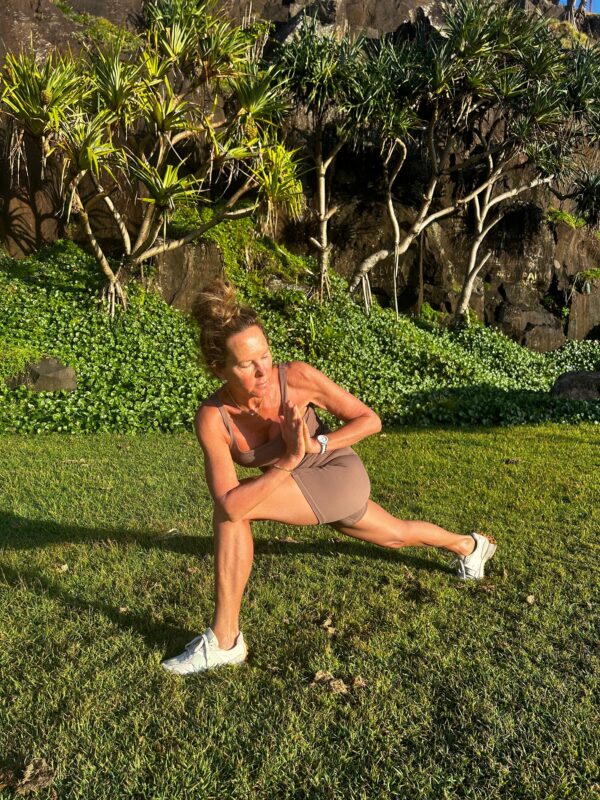
Deep squat with exhale
Stand with feet shoulder width apart, toes turned out slightly
Inhale then squat deeply to bring chest between thighs
Exhale for 4 counts
Stand up and repeat 10times
The breath, deep squats stimulate and massage the bowel to assist with digestion and bowel movements!
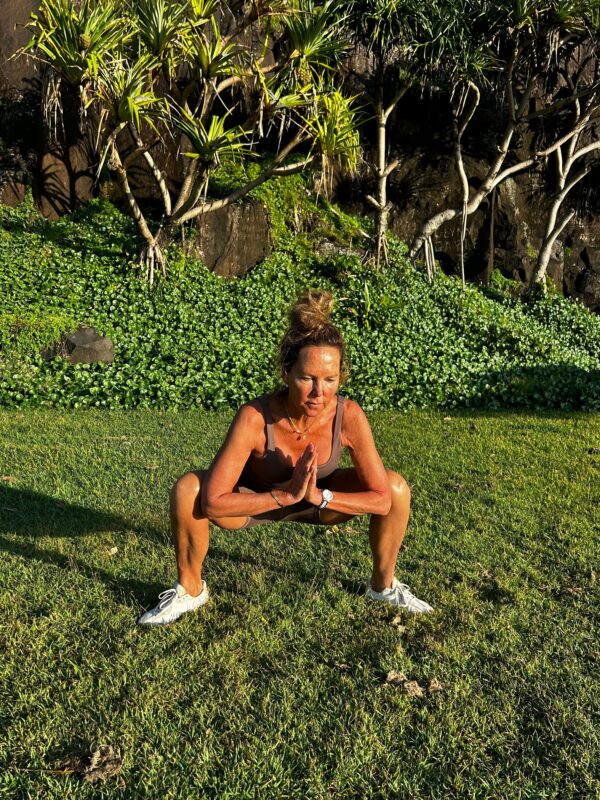
Pelvic floor exercises
Your pelvic floor is the layer of muscles at the bottom of your pelvis that include your bladder and bowel. By working these muscles out, you can build up their strength and help them to push stool through your colon more easily.
Here’s a quick and easy exercise routine for strengthening your pelvic floor muscles:
Sit comfortably
on the floor with your knees shoulder-width apart.
Imagine
that you are trying to stop yourself from passing gas, and squeeze the muscles
around your anus as tightly as possible.
Hold for
five seconds, and then release and relax for a count of 10.
Repeat this
process five times.
Now do
the same thing, only at half strength.
Repeat this
process five times.
Finally,
squeeze and release the muscles tightly and quickly for as many times as you
can before you get too tired to continue.

Deep diaphragm breathing
Focusing our breath is an effective way to enable the body and the gut to relax. When practicing diaphragmatic breathing, the stomach, rather than the chest, moves with each breath, expanding while inhaling and contracting while exhaling. Deliberately paying attention to each breath serves to distract and quiet the mind, improve blood flow ..
Diaphragmatic breathing can even be used while sitting on the toilet attempting to have a bowel movement to calm and massage the system. The result may be a more complete bowel movement.
Sit or lie in a comfortable place. Close your eyes.
Place one hand on your chest and one hand on your abdomen. The bottom hand should do the moving. The top hand should remain still or only move as the bottom hand moves.
Inhale through your nose for about 4 seconds, feeling your abdomen expand. (You may feel slight tension the first few times you inhale.)
Hold your breath for 2 seconds.
Exhale very slowly and steadily through your mouth for about 6 seconds. The mouth should be relaxed.
Repeat for 5-15 minutes.
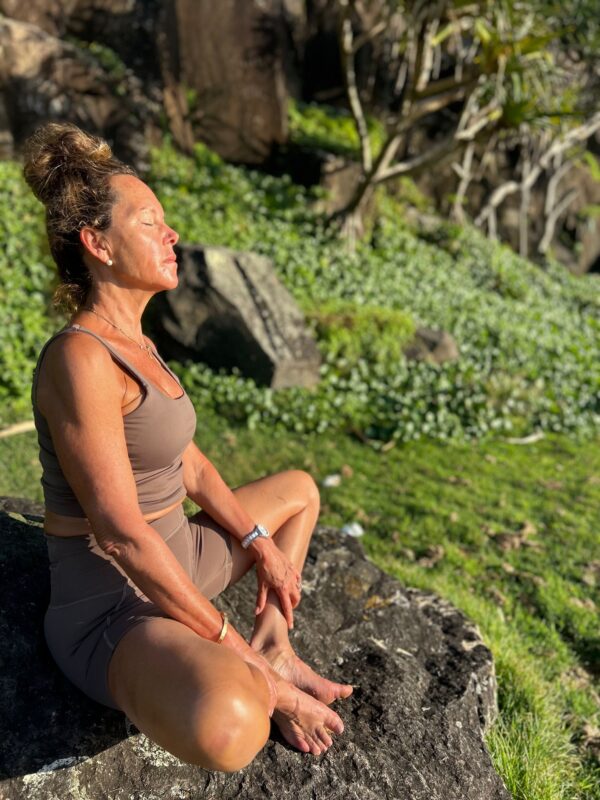
Indeed, exercise can definitely help with constipation. It helps by stimulating the muscles in your intestines to contract, which speeds up the passage of stool and prevents it from drying out making it easier to pass! Regular exercise can promote better digestive function and help move gas and stool along, Physical activity can help release trapped gas and relieve abdominal pain associated with bloating.
See you on the mat,
Lisa x

